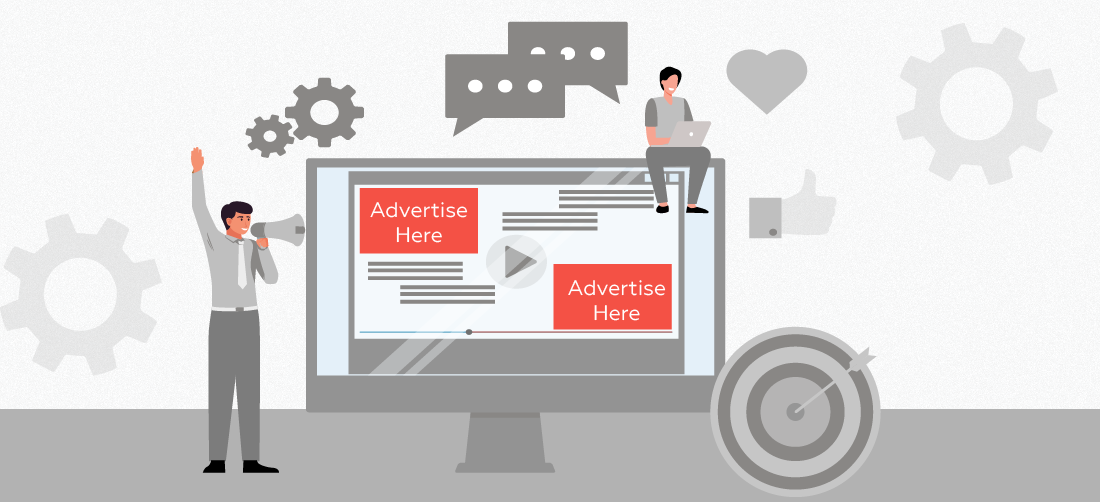What is Contextual Advertising?
Contextual advertising represents a method which places advertisements inside content that matches the advertisement's topic. Rather than focusing on users, this method looks at website content including keywords along with subject matter and context to present suitable advertisements. The fundamental concept involves delivering advertisements to suitable individuals at appropriate moments by integrating them naturally into content which they currently observe.
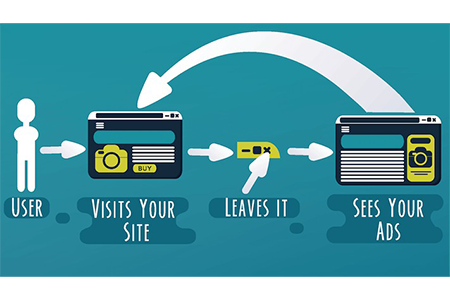
How does Contextual Advertising Work?
Algorithms and artificial intelligence analyze webpage text along with pictures and metadata to determine its topic through contextual advertising. The system selects advertisements which align with this information to provide relevant ad placements. This approach avoids tracking user actions to produce smooth and natural ads that appear at appropriate moments while protecting personal information thus making them both effective and compliant.
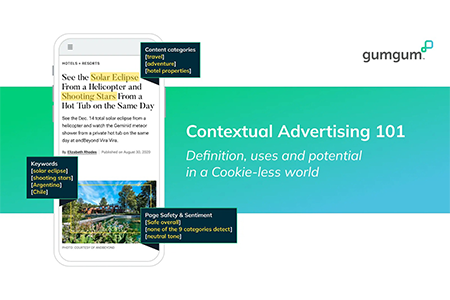
Google AdSense and Contextual Advertising
Google AdSense is one of the most widely used contextual advertising platforms. It utilizes advanced algorithms to read webpage content and generate highly relevant ads in real-time. Not only does this maximize click-through rates, but also user satisfaction. The ability of AdSense to automate contextual targeting at scale is why it is such a powerful tool for publishers and advertisers.
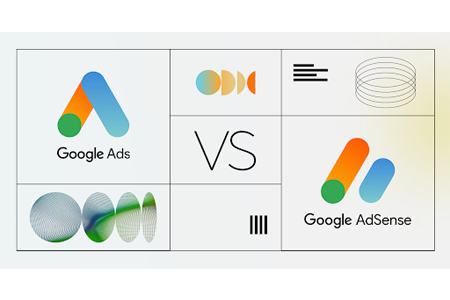
Pros of Contextual Advertising
Adheres to data privacy laws
Since contextual advertising is not dependent on user data or cookies, it naturally fits into privacy laws such as GDPR and CCPA. This renders it a future-proof solution for brands seeking compliant and responsible digital advertising.
Cost-effective and simple to execute
Contextual advertising does not require advanced data integrations or user profiling. This minimizes costs and simplifies campaign setup while still having strong performance through contextual ad placements that are based on content only.
Simplifies brand reputation management
By showing ads only on contextually pertinent content, brands can avoid inappopriate or risky environments. This assists in offering safer spaces for their message, which is important in maintaining a brand image intact.
Context often outweighs behavioral targeting
While behavioral targeting is reliant on user history, contextual ads live on relevance now. Being exposed to users when they are working on related content is more likely to draw intent-driven responses, without privacy intrusion.
Reaches relevant audiences
The alignment between page content and advertisements through contextual advertising creates more relevant ad experiences. This approach generates improved click-through rates and enhanced overall performance while avoiding any need for intrusive data collection.
Increases ad relevance
The process of contextual targeting delivers advertisements to viewers who demonstrate interest in the content. When ads align with the content being viewed or read consumers tend to accept them more readily.
Improves user experience
When advertising aligns with what a user is viewing, they become less invasive and more beneficial. This improves the experience of browsing, making users more willing to communicate with sponsored messages.
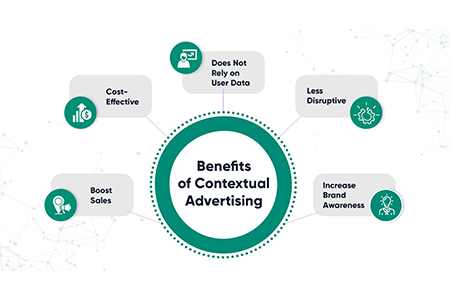
Cons of Contextual Advertising
Limited targeting options
Contextual advertising is not based on a user's behavioral history, search history, or demographic data. It is therefore limited in depth and breadth of audience segmentation.Advertisers therefore may lose important information that drives buys, particularly for products and services that need a more targeted message.
Less personalized ads
Since contextual advertising is more tuned in to the page as a whole than to the viewer, advertisements are not as precise in tone and message. Although this makes them relevant to the topic at hand, they might not be so much directly speaking to the individual's personal needs or interests—particularly in highly competitive or specialty markets where personalization is a game-changer.
Potential for misinterpretation
Webpage content analysis programs are not perfect. They may misinterpret sarcasm, slang, or innuendo and display an ad in a way that is forced or irrelevant. This dissonance not only disengages the ad, but can actually harm brand perception if the context is inconsistent with the message of the advertisement.
Ad fatigue from repetitive content
When people see the same ads on multiple similar kinds of content, they suppress them. This frequency generates ad fatigue, decreasing click-through rates and reducing return on investment over time. Ongoing refreshment of ad creatives or placements becomes important to keep things fresh.
Dependency on content accuracy
Context advertising depends largely on the nature and relevance of the webpage the advertisement appears on. When the content is unclear, irrelevant, or badly structured, the ad-matching system may return useless or valueless ads. Misleading context loses impressions as well as conversion opportunities.
Might miss high-value customers
Some potential buyers—especially those in comparison or research phases—may not engage with content that most immediately relates to your ad topic. Without behavioral signals to inform targeting, these high-intent users will be forfeited to a context-based approach alone, reducing the campaign's reach.
Can be ignored if irrelevant to the user
Even if an ad is targeted to the content of a webpage, it doesn't necessarily mean user interest. If the user is scanning over the article or visiting for other purposes, the ad can be out of place. Without a behavioral layer to observe what is fueling the user, engagement will be hurt.
Contextual Advertising vs Behavioural Advertising: Which is better?
Whereas contextual ads are positioned based on the page content, enabling privacy-respecting placements that are appropriate to the context, behavioral ads are based on user information and past activity to deliver highly individualized messages. Due to privacy issues, behavioral targeting is very controversial. With tighter regulations in the coming years, the spotlight is shining brighter on contextual advertising for its lawfulness and content-based approach. Both serve separate concerns: contextual ads for privacy and contextual relevance, whereas behavioral advertising pertinent to personalization. Whichever method one opts for depends on the campaign objectives, target audience considerations, and/or regulatory measures.
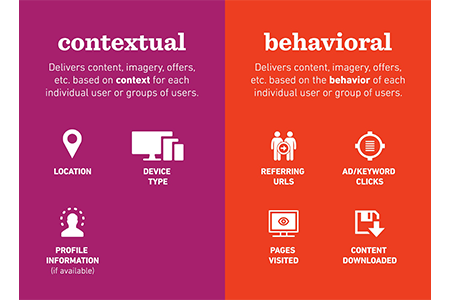
Future of Contextual Advertising
As privacy goes digital, contextual advertising is advancing rapidly. AI and natural language processing are refining ad targeting to become smarter and more subtle. With cookies disappearing, contextual approaches are filling the gap as solid, regulation-compliant alternatives. Advances such as semantic analysis and dynamic content matching will bring this approach to the center of digital marketing today.

Real World Examples of Contextual Advertising
Nike's ad campaign over big sports events was a classic example of contextual advertising, ads on sports blogs and live score portals. Food companies like Knorr show ads on recipe websites, reaching readers with instant relevance. Online streaming services use contextual ads on entertainment news websites to push subscriptions in many cases. Such placements are good for engagement as they take users where their attention already is.

Conclusion
Contextual advertising is taking back its spot in the limelight as privacy-focused solutions are being searched by marketers. With its capability to provide users with relevant, timely ads without breaching user data, it's a win for advertisers and audiences alike. With AI and automation continuously developing, contextual targeting will be even more exact, and thus it will be an invaluable tool for the future of digital advertising.
FAQs
Keyword targeting means choosing specific terms linked to the ad. Whenever keywords show up on a web page, the ad gets triggered, ensuring that it gets showed within a highly relevant environment.
Targeting by topic is about placing ads on broader theme or subject categories; not keywords per se. It makes sure that the ads are shown to content that is relevant to the brand in general.
Semantic targeting lets AI comprehend the gist, tone, and sentiment of the content. This enables a more intelligent placement of ads that goes beyond keywords, truly tying in with user intention and context.
It does not track users or gather any personal data. It focuses instead on the content, which gives it natural compliance with the privacy legislations like GDPR, CCPA, etc. and refrains from breaching user boundaries.
Contextual ads provide advantages to publishing, e-commerce, health, and finance. These industries depend on pertinent content to ensure conversions; thus, aligned advertising is the best choice for conversion.


